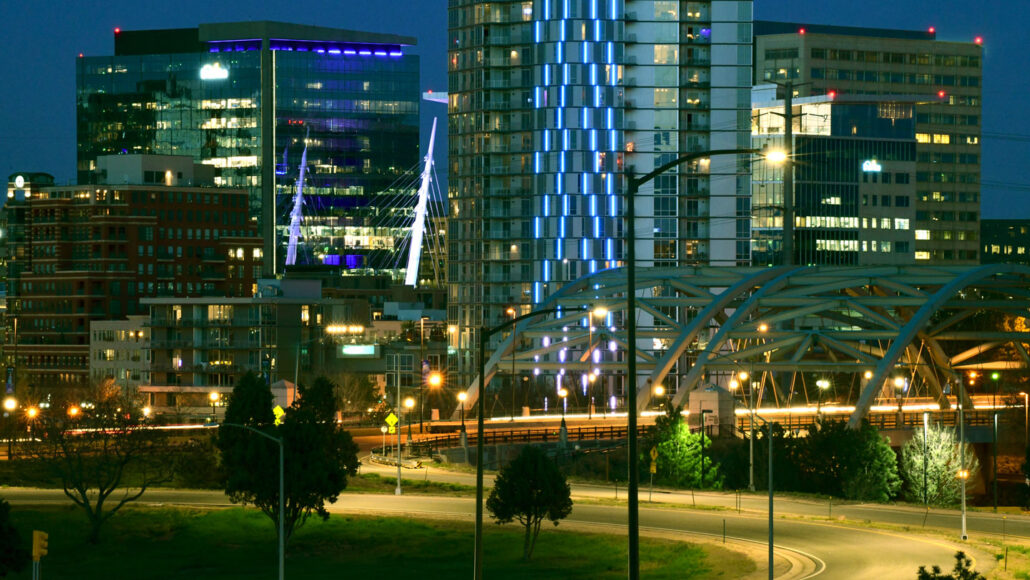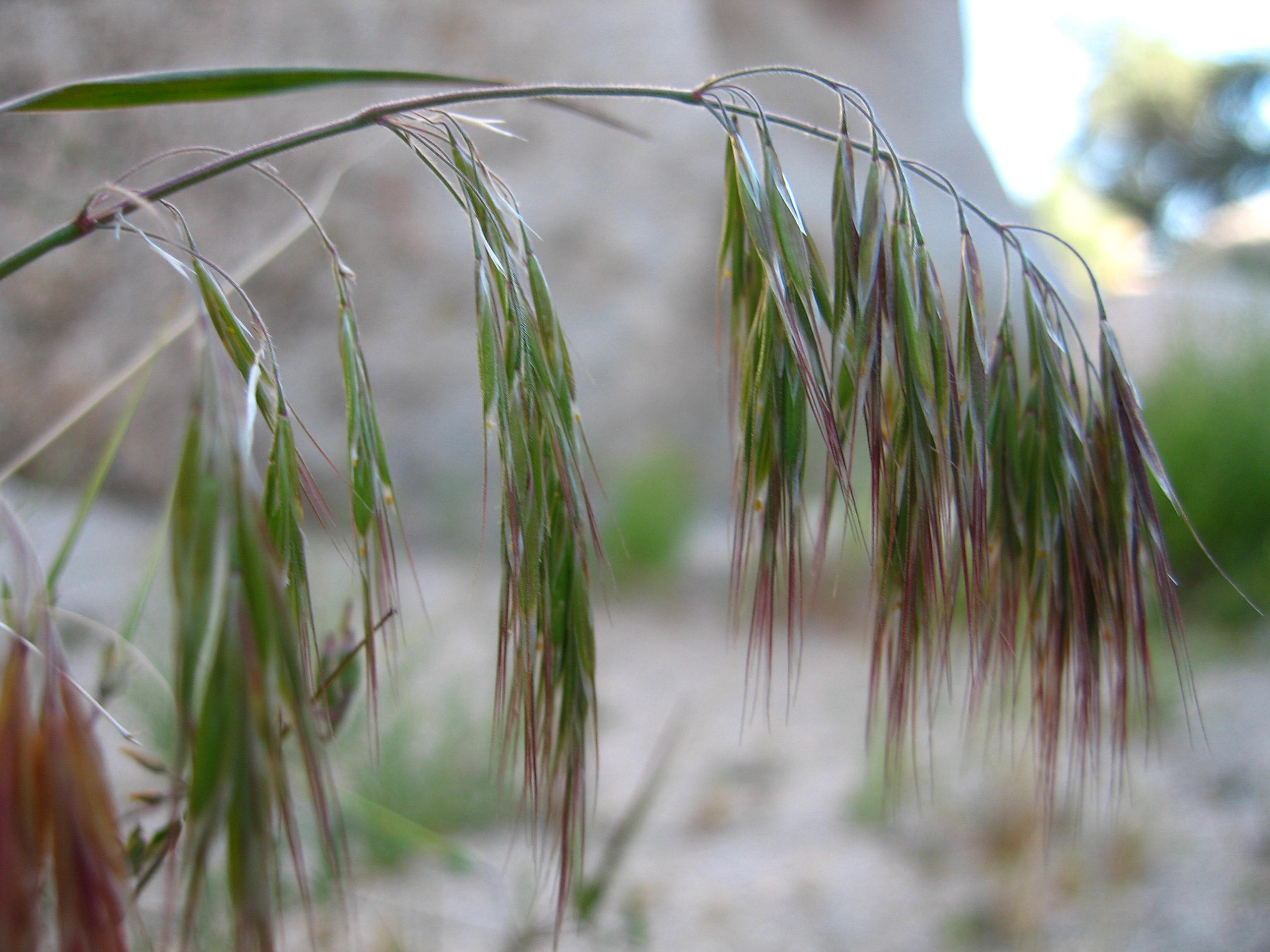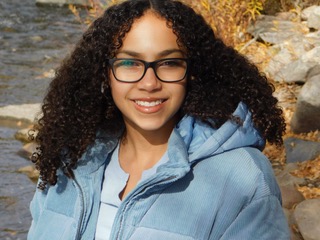Cheatgrass thrives on the well-lit urban night scene
New investigation turns up role for streetlights in the spread of a reviled weed

Street lamps and other night lighting illuminate the urban scenery — as here in Denver — making activities safer. Those lights also aid the spread of the weed cheatgrass, a Western scourge, new data show.
Twilightproductions/iStock/Getty Images Plus
Shannon Murphy often walks her dog down alleys near her home in Denver, Colo. One day she noticed something odd. Cheatgrass — a weed growing under streetlights — seemed much bigger and healthier than patches elsewhere. An ecologist, Murphy knew cheatgrass is a non-native species that has invaded the American West. She thought that effects on this weed of light at night would make a great field study.
And it did. She’s part of a team that has now shown urban night lights boost the spread of this Western scourge.
Murphy is a biologist who studies how plants and insects interact. She and other scientists had already been concerned about light pollution’s effects on ecosystems.
For example, one study showed light at night interfered with the growth and development of moths. Another found night lighting was bad for many types of bat.

Cheatgrass was a great study subject. The plant (Bromus tectorum), which evolved in Africa, can suck soil moisture and nutrients from even dry soils. That makes it superbly adapted to dry areas, such as the American West. There it can outcompete most native plants. To date, it’s already established itself over more than 33.5 million hectares (100 million acres). And because this annual grass tends to turn dry early in the year, it makes a great fuel for Western wildfires.
The inspiration for Murphy’s new cheatgrass study came at a great time. She was planning for the 2019 SciTech STEM camp. It’s sponsored by Denver University, where Murphy works. The event offers middle-school girls a week of fun science activities.
“A lot of students think you can’t study interesting science unless you go to Costa Rica or South Africa,” Murphy says. This study would show the campers that you can do fascinating and important research in your own backyard.
Take it to the streets
The young recruits got involved in all parts of the study. They helped design it. They collected field data. They helped analyze the results. They even helped write the paper, where nine of the middle-school girls became listed as co-authors. The group now shares its findings in the August Ecology and Evolution.
The team surveyed 53 alleys near the university. All had streetlights mounted on wooden poles. The alleys also had utility poles with no lights. The survey tested to see where cheatgrass was more likely to grow — under streetlights, under unlit poles or in grassy areas between the poles.

In all, the team studied surveyed areas in and around 512 poles. Those with streetlights were more than twice as likely to have cheatgrass growing under them as were unlit poles. In the grassy areas between poles, cheatgrass was even less common. These sites were only about a third as likely to have cheatgrass as areas under streetlights.
The findings were pretty clear, says Amarin Gifford. “We found out that artificial light has a positive effect on the growth of cheatgrass.” Amarin was a 13-year-old camper who took part in the study during her last year at Fox Ridge Middle School. It’s in Aurora, Colo. “This research can help us understand how light pollution affects the growth of invasive species and native plant species,” she adds — and “not just in Colorado.”
More to learn
Tracy Fuentes is an ecologist. She works at the Urban Ecology Research Lab. It’s part of the University of Washington in Seattle. Fuentes was not involved in the cheatgrass study. In fact, she says, “I really hadn’t thought about light pollution’s effects on plants.” But she was impressed with the new findings. “I really enjoyed the way the researchers added to the body of knowledge of light-pollution effects on urban organisms.”
Still, there are more questions to be explored, says Murphy. For example, she would like to know why cheatgrass does better under streetlights. “We’re planning to grow some cheatgrass under streetlights and some not under streetlights.” They also will harvest the weed from fields and alleys. “Then we’ll work with a plant physiologist to figure out why it does so well under streetlights.”







